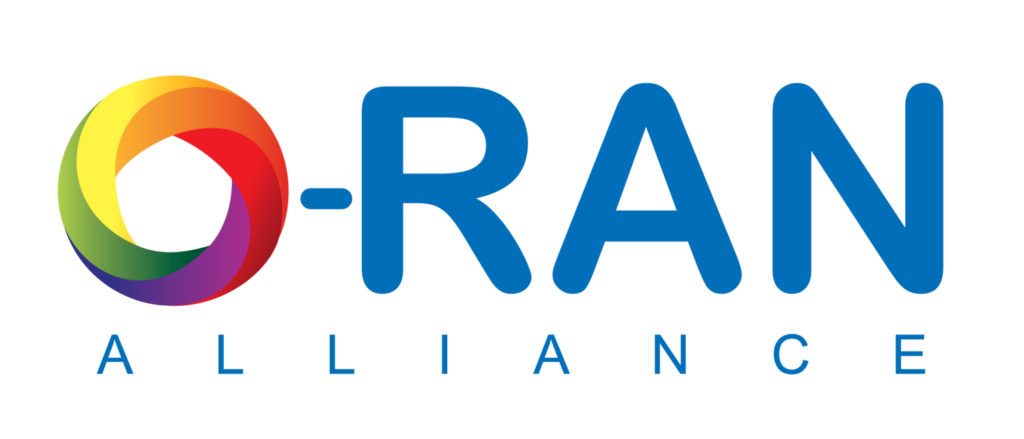Introduction
The volume of data traffic in mobile communications is increasing upward with no signs of slowing down as mobile services such as social networking, video streaming, and online gaming continue to expand. At the same time, there is an increasing desire to achieve the Internet of Things (IoT) connecting just about everything to the Internet, create new industries through collaborative ventures between mobile communications and other industries, and contribute to the solving of social issues.
However, these initiatives cannot be achieved solely from the viewpoint of increasing the speed and capacity of the mobile network. It will also be important to reduce power consumption, expand coverage, lower prices, reduce latency, and improve reliability while being able to connect many devices simultaneously (massive connectivity).
So mobile networks and the equipment that runs them must become more software-driven, virtualized, flexible, intelligent, and energy-efficient. The O-RAN Alliance is committed to evolving radio access networks— making them more open and smarter than previous generations.
Real-time analytics that drives embedded machine learning systems and artificial intelligence back-end modules will empower network intelligence.
Additional virtualized network elements with open, standardized interfaces will be key aspects of the reference designs developed by the O-RAN Alliance. Technologies from open source and open white-box network elements will be important software and hardware components of these reference designs.
What is O-RAN Alliance?
The O-RAN Alliance was founded in February 2018 by five operators AT&T, China Mobile, Deutsche Telekom, NTT DOCOMO, and Orange with a view to integrating the xRAN Forum and C-RAN Alliance. The xRAN Forum mainly consisted of American enterprises but also included among its members NTT DOCOMO and Japanese, Korean, and European enterprises. Its counterpart, the C-RAN Alliance, mainly consisted of Chinese enterprises. Both organizations were involved in interoperable open interfaces, intelligent control using big data, and virtualization in RAN.

O-RAN Alliance Logo
O-RAN Alliance Vision
The O-RAN Alliance is in pursuit of the vision of openness and intelligence for the next-generation wireless networks and beyond.
- Openness – Building a more cost-effective, agile RAN requires openness. Open interfaces are essential to enable smaller vendors and operators to quickly introduce their own services or enable operators to customize the network to suit their own unique needs. Open interfaces also enable multivendor deployments, enabling a more competitive and vibrant supplier ecosystem. Similarly, open-source software and hardware reference designs enable faster, more democratic, and permission-less innovation.
- Intelligence — Networks will become increasingly complex with the advent of 5G, densification, and richer and more demanding applications. To break this complexity, we cannot use traditional human-intensive means of deploying, optimizing, and operating a network. Instead, networks must be self-driving, they should be able to leverage new learning-based technologies to automate operational network functions and reduce OPEX. The O-RAN alliance will strive to leverage emerging deep learning techniques to embed intelligence in every layer of the RAN architecture.
O-RAN Alliance Principles
O-RAN Alliance is adopting the following principles:
- Leading the industry towards open, interoperable interfaces, RAN virtualization, and big data-enabled RAN intelligence.
- Maximizing the use of common-off-the-shelf hardware and merchant silicon and minimizing proprietary hardware.
- Specifying APIs and interfaces, driving standards to adopt them as appropriate, and exploring open source where appropriate.
Focus Areas of O-RAN Alliance Workgroups
The O-RAN Alliance conducts technical studies to fulfill its vision in a total of eight Work Groups (WGs) each having a different focus area. The Technical Steering Committee (TSC) oversees the work of these WGs below.
These 8 WGs can be broadly divided into WG1 for studying use cases and overall architecture, WG2 and WG3 for optimizing and automating (making intelligent) RAN RRM, WG4 and WG5 for achieving interoperability (open interfaces) be-tween RAN equipment supplied by different vendors, and WG6, WG7, and WG8 for commoditizing (virtualizing and modularizing) the RAN software and hardware platform. Each WG adopts a co-chair format consisting of three or four chairpersons selected from two operators and one or two vendors.
- WG1: Use Cases and Overall Architecture
Use cases and overall architecture
- WG2: Non-real-time RIC and A1 Interface
Non-Real-Time RAN Intelligent Controller (non-RT RIC) that supports optimization of radio higher-layer procedures in RAN and RAN policies from a management platform consisting of MANO, NMS, etc. supporting orchestration and automation, and the A1 interface between non-RT RIC and RAN
- WG3: Near-real-time RIC and E2 Interface
Near-Real-Time RAN Intelligent Controller (near-RT RIC) that supports optimization of radio connection management, mobility management, QoS management, interference management, etc. making use of big data and machine learning, and the E2 interface between near-RT RIC and various RAN components.
- WG4: Open Fronthaul Interface
Open fronthaul interfaces achieving interoperability between the base-band processor and radio equipment supplied by different vendors.
- WG5: Open F1/W1/E1/X2/Xn Interface
Open interfaces achieving interoperability between different vendors, targeting in particular 3GPP-specified interfaces (F1, W1, E1, X2, Xn) between network equipment.
- WG6: Cloudification and Orchestration
Reference designs that enable the decoupling of RAN software from hardware platforms (virtualization) and the use of commodity hardware platforms.
- WG7: White-box Hardware
Hardware platform that combines commodity components and a reference design that enables that platform.
- WG8: Open Source
Provision of RAN software in open-source form.
Conclusion
The O-RAN Alliance is drawing much interest and expectation and currently includes many global operators and vendors as members. The O-RAN Alliance’s vision of “achieving open and intelligent RAN” reflects a commitment to developing radio access networks in the 5G era and expanding the ecosystem.
References
- O-RAN Alliance.
- 5G Radio Access Network Standardization Trends, NTT DOCOMO Technical Journal.


